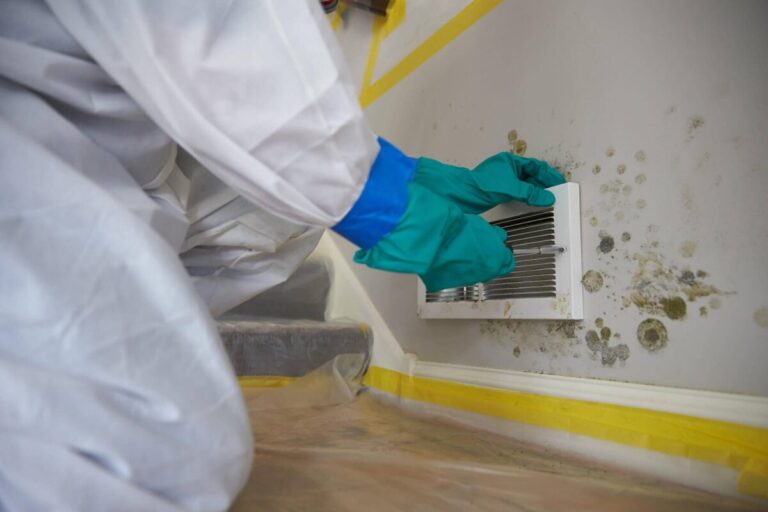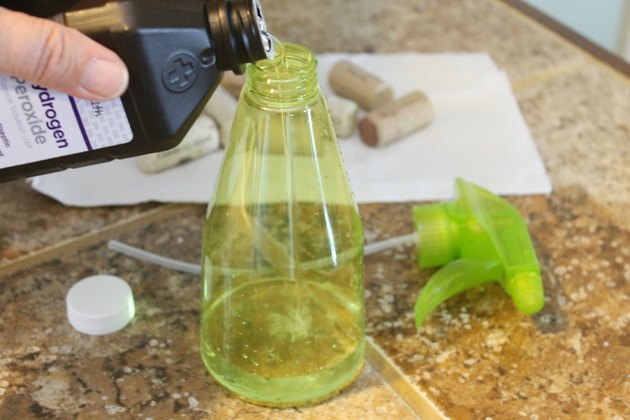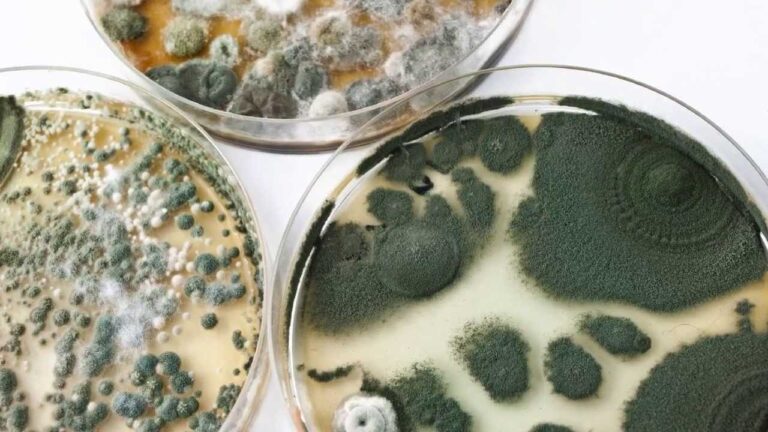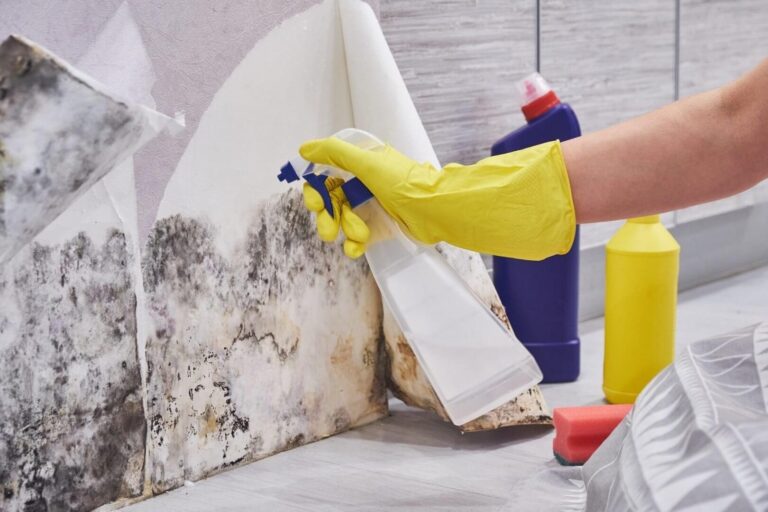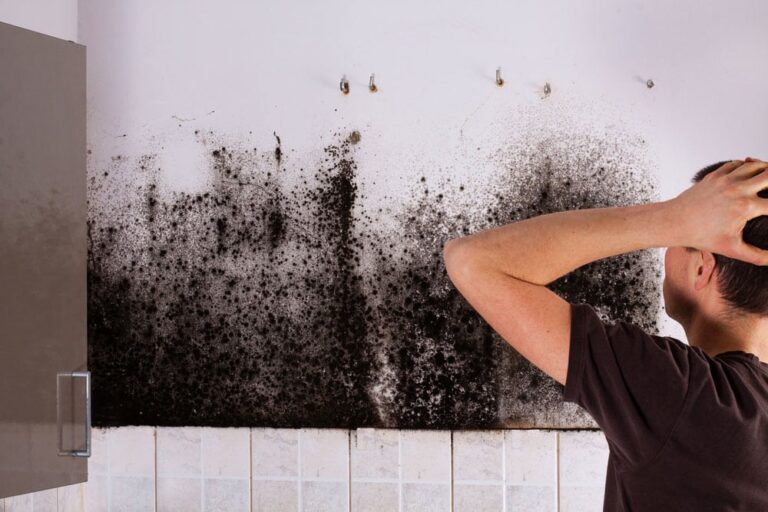What to Do When Your Home Insurance Doesn’t Cover Mold Damage
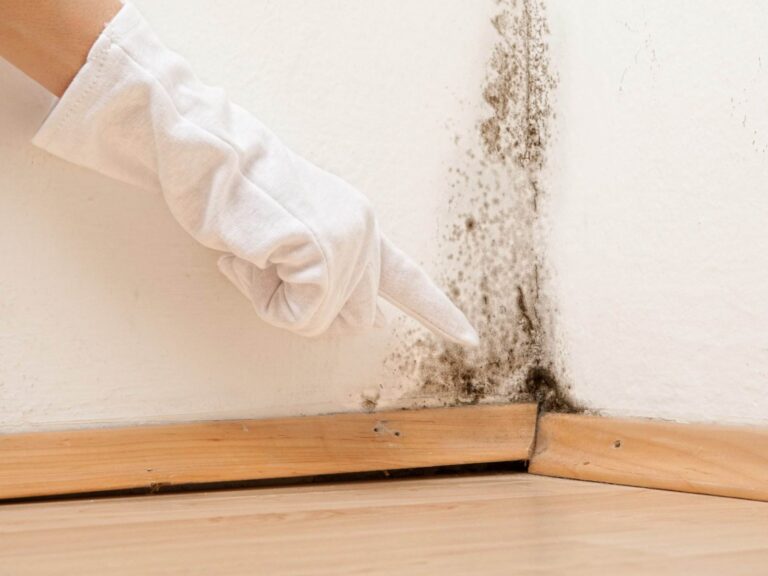
As a homeowner, dealing with mold can be a nightmare. Not only can it be difficult to remove, but it can also cause health problems for you and your family. Unfortunately, many home insurance policies do not cover mold damage,…


